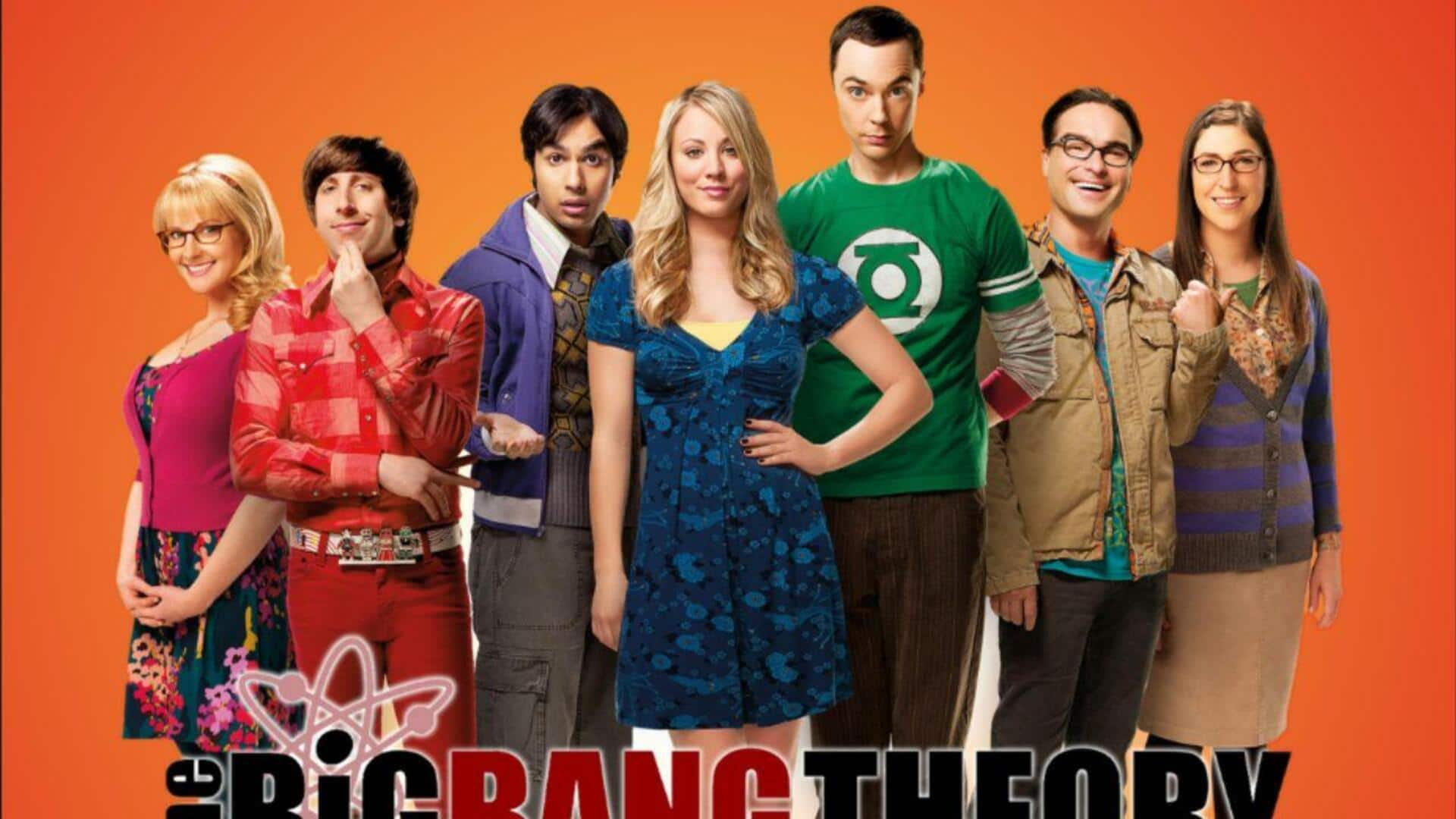
5 ways 'The Big Bang Theory' gets academic life wrong
What's the story
The Big Bang Theory is a popular sitcom that gives us a hilarious peek into the lives of a bunch of scientists. However, the show doesn't always paint an accurate picture of academic life. From the way academics dress to how they spend their time, the show has its own set of misconceptions. Here, we take a look at five such myths and what real academic life is like.
Attire myth
Scientists always wear lab coats
While lab coats are a common sight in some scientific fields, they aren't a universal attire for all scientists. Most academics spend their time in offices or classrooms, where casual or business casual attire is more common. The stereotype of the lab coat can be misleading and doesn't reflect the diversity of clothing styles across different disciplines.
Research misconception
Research is all about experiments
The idea that research is all about conducting experiments is a common misconception. While experimental research is common in some fields, others rely more on theoretical work, data analysis, or field studies. Academics also spend a lot of time reading literature, writing papers, and collaborating with peers.
Social life myth
Academics have no social life
The stereotype that academics are hermits with no social life is exaggerated. While the workload can be demanding, many academics find time for social activities and hobbies outside their professional commitments. They often engage with their communities and maintain friendships just like anyone else.
Teaching vs. research myth
Teaching takes a backseat to research
There's a common misconception that teaching is secondary to research in academia. In reality, many professors devote equal time to both duties. While research is important for career progression, teaching is also essential for student education and institutional success. Balancing both roles is an integral part of academic life.
Lab myth
All scientists work in labs
The idea that all scientists work in labs is a narrow view of the scientific community. Scientists work in diverse environments, including fieldwork, offices, and collaborative spaces with other disciplines. This diversity highlights how science isn't limited to laboratory settings but spans various contexts and methodologies.